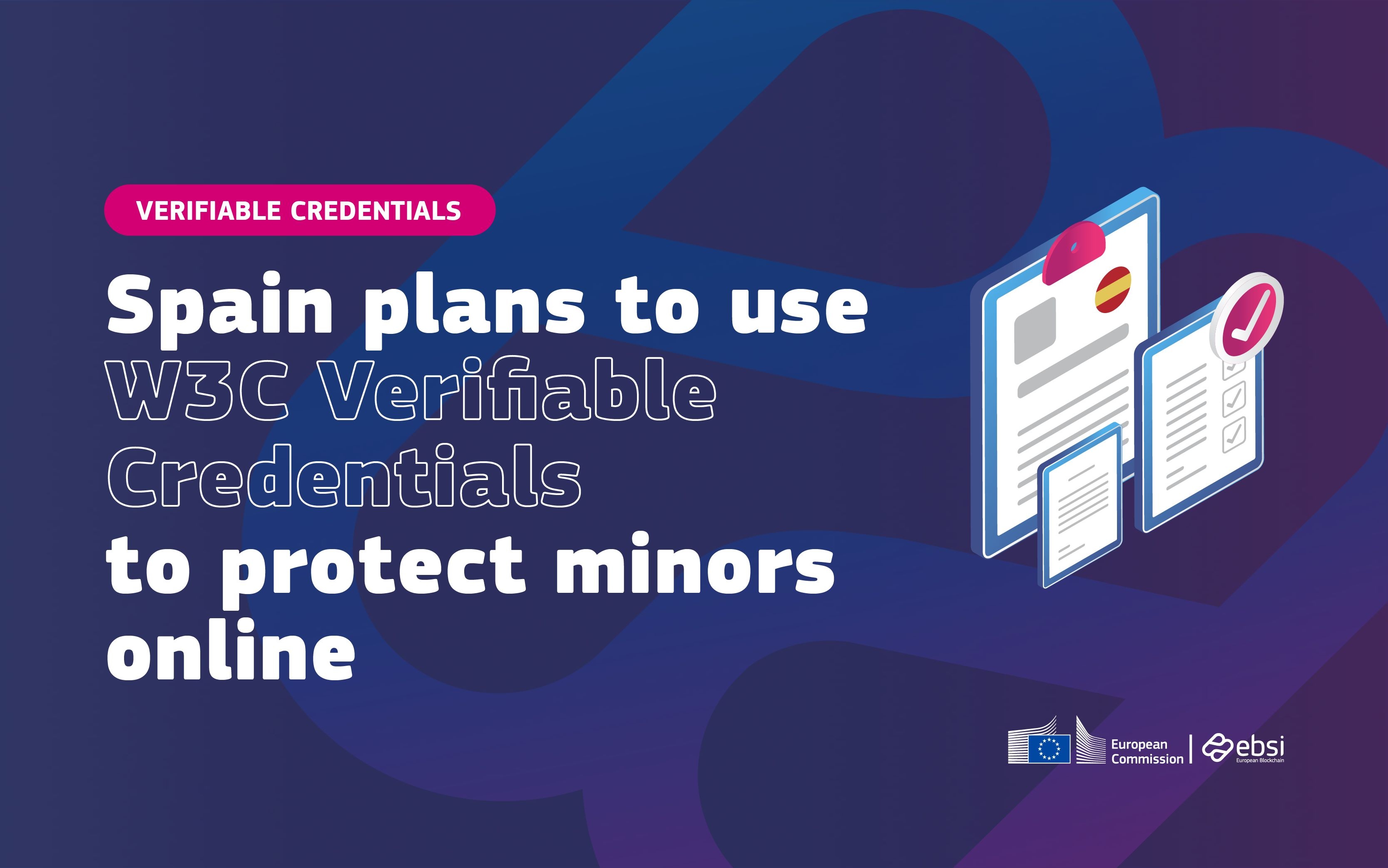What to do when good Verifiable Credentials go bad.
Published on
min read

Revoking or suspending credentials is a thorny issue. EBSI conducted the first global study on revocation strategies and developed criteria for comparing revocation methods for W3C Verifiable Credentials.
Share this article
What would happen if a students’ university degree was revoked, due to fraud, mistake or misconduct? How can a verifier check if a presented diploma verifiable credential is still valid? A means to check the validity of any presented Verifiable Credential is needed to maintain trust between the Issuers, holders, and verifying organizations within the EBSI ecosystem.
“Revocation by EBSI: EBSI’s Credential Status Framework and how to choose a revocation method when using W3C Verifiable Credentials (and more)”, a new EBSI whitepaper, explores how revocation and suspension solves this problem. Conclusions of this whitepaper can be applied in any ecosystem where Verifiable Credentials are exchanged.
The revocation and suspension of Verifiable Credentials
Revocation and suspension measures ensure that credential holders continue to meet specific criteria, like having successfully obtained a degree (for natural persons), or having a certain legal accreditation or mandate (for legal persons and entities). The ability to revoke or suspend credentials allows issuers to retain control over their Verifiable Credentials, and ensures only the right holders have valid credentials. It also ensures that Trusted Issuers can have their mandate revoked, in the event of a restructuring or a termination of a business’ operations.
Many revocation methods have been piloted across the world, across a number of industries and sectors. EBSI analysed and compared different revocation methods used across the globe, and this enabled us to define a series of key business criteria for selecting a suitable revocation method for your project.
The requirements for revocation in EBSI’s use cases
EBSI’s use cases have defined essential business requirements for a revocation framework that ensures privacy and regulatory compliance for all participants in the credential ecosystem, while also allowing for multiple options for revocation. A revocation framework must:
Ensure compliance with GDPR
Eliminate the traceability of holders
Protect holder privacy
-
Retain from storing or processing personal data on the EBSI blockchain
-
Prevent issuers or third parties from linking revocation checks to holders
Use case owners need to answer a series of questions to find what revocation strategy is most suitable:
What level of privacy preservation is needed?
-
Is there a need to create a limited time window for the validity of the credential?
-
Is it necessary to track the validity of signatures within the use case?
Multiple approaches to revocation are possible
Different approaches for revocation are needed for Verifiable Credentials issued to legal entities (where GDPR does not apply), and natural persons (where it does). EBSI designed a Credential Status Framework to be able to select the relevant revocation method (or combination of methods) to suit the specific privacy and efficiency requirements of your use case.
For legal entities the options are: storing status information in the EBSI Trusted Issuers Registry, or alternatively status information is hosted directly by the Issuer and obtained by the Trusted Issuers Registry.
For natural persons there are more options. Verifiable Credentials can be short lived, and a new valid VC is issued whenever the holder requests one. For long lived VCs status information can be obtained directly from the Trusted Issuer. Status information can instead be obtained from the Trusted Issuer through the EBSI network. And as a final option holders can be granted a special VC that contains the status information of their credentials.
These strategies address the many needs of diverse stakeholders in different EBSI use cases; while all ensuring privacy and limiting traceability, while offering a high degree of functionality for all public, private, and public sector users.
For more information on revocation and these proposed strategies, please read the full whitepaper, or read our technical specifications for all the revocation methods that have been identified as viable by EBSI.
Download the whitepaperFurther reading
Discover our other publications on EBSI Explained
Consult the technical specifications for credential revocation
Discover the EBSI Verifiable Credentials Framework
Share this article
How can I get involved?
Start running an EBSI Node
Help support the EBSI blockchain network by becoming a Node Operator.
Join the Early Adopters programme
Build and launch your own EBSI pilot project by signing up for the Early Adopters programme.
Discover Wallet Conformance Testing
Build and launch your own EBSI pilot project by signing up for the Early Adopters programme.











